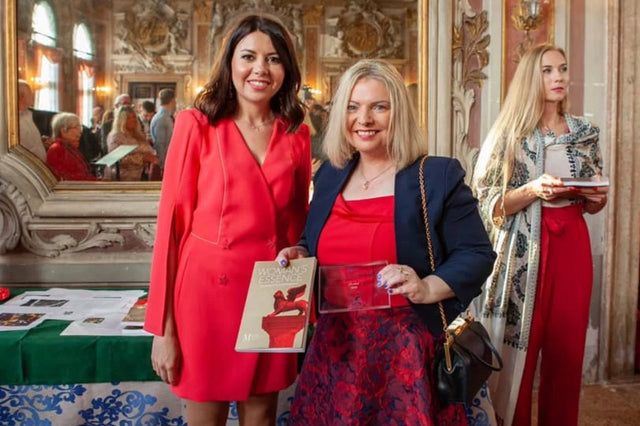Art or Bullying? The Shocking Truth Behind Gina Rinehart's Controversial Portrait!
In today's society, voicing an unpopular opinion often comes at the cost of losing supporters and facing public backlash. However, some issues are too significant to remain silent about, even if it means sacrificing personal popularity.
One such issue is the recent controversy surrounding Gina Rinehart, reportedly one of Australia’s wealthiest women, and her request for the removal of a portrait by Vincent Namatjira from the National Gallery of Australia in Canberra.
The portrait in question is strikingly unflattering, with an exaggerated focus on Rinehart's neck, giving it a cartoonish appearance rather than that of a traditional artwork. This portrayal raises an important question: Is it acceptable to ask for a portrait of oneself to be removed from a prestigious gallery if it feels like an unfair depiction?
My frustration with this situation stems from the clear injustice and double standards at play. Let’s set aside Rinehart’s wealth for a moment and consider the broader implications. Imagine a feature of your own body that you’re self-conscious about being prominently and permanently displayed in a major art gallery. How would you feel if you or a loved one were depicted in a way that felt demeaning and unkind?
We frequently discuss the importance of preventing bullying and fostering safe environments for children, but children learn from adult behaviours.
If female public figures have their physical appearance mercilessly ridiculed, what message does that send?
Rinehart is neither a politician nor a celebrity; she is a businesswoman. Should her success make her a target for lasting public humiliation?
A friend of mine reminded me of the Netball Australia funding controversy, where Rinehart faced criticism for withdrawing sponsorship after disparaging remarks about her deceased father. This incident highlights a troubling trend: people are quick to judge and criticise without considering the personal pain such actions might cause. If we wouldn't accept someone speaking ill of our own loved ones, why do we tolerate it when it happens to others?
There is speculation that Namatjira's portrayal of Rinehart might be a form of artistic retribution. If true, this raises even more concerns about the ethics of using art as a means of personal attack. Regardless of one’s wealth or status, everyone deserves to be treated with dignity and respect. Wealth does not equate to an infinite tolerance for disrespect.
As Australians, we have a reputation for cutting down tall poppies, but it’s time to evolve beyond this mindset. Empathy should guide our actions and judgments. Before criticising or ridiculing someone, we should ask ourselves, "How would I feel if this were me?"
No, I do not know Gina Rinehart personally, nor have I met her or her associates. My perspective is driven purely by a sense of fairness and justice. It frustrates me to see the hypocrisy and lack of empathy in this situation. Are we a society that only stands up for those we deem worthy? Would we be so passive if this were about race or ethnicity?
While the artist might gain notoriety from this controversy, thanks to Rinehart’s global recognition, we must look beyond individual circumstances and focus on the core issue.
Would you want to be treated this way publicly, or see a loved one treated similarly?
As humans, we possess empathy and the ability to change our minds. Don’t let envy, mindless hate, or the tall poppy syndrome dictate your responses to misguided ‘art’.
Having given this considerable thought, I am convinced that this is an injustice that needs addressing.
Let’s strive for a society that values empathy and fairness over ridicule and spite.
#GinaRinehart #NationalGallery #VincentNamatjira #RespectAndEmpathy #ArtEthics #PublicHumiliation #ControversialArt #ArtDebate #AustralianArt #AustralianArtGallery #ArtinCanberra
